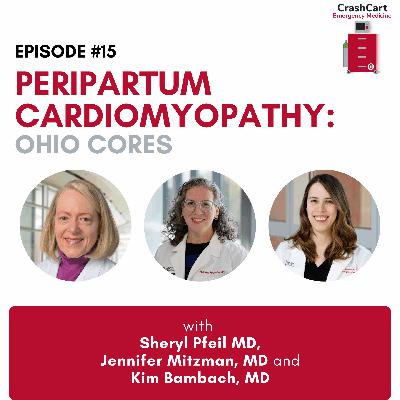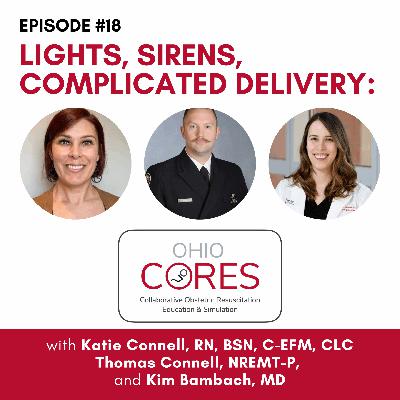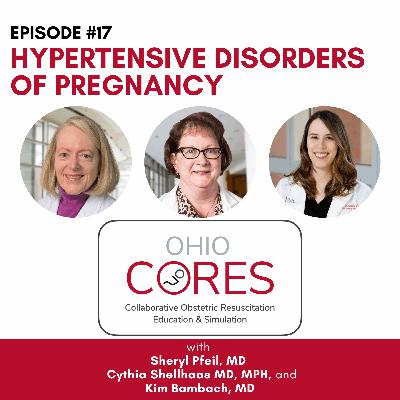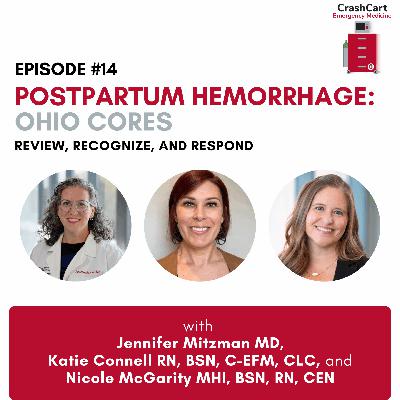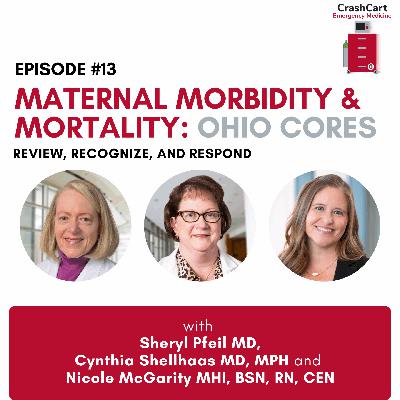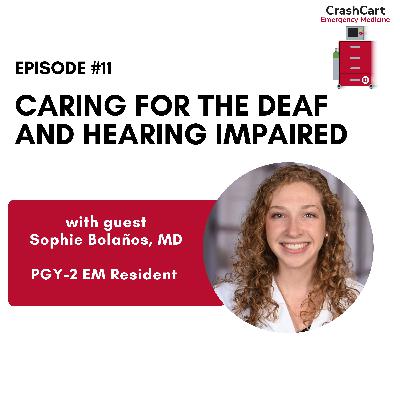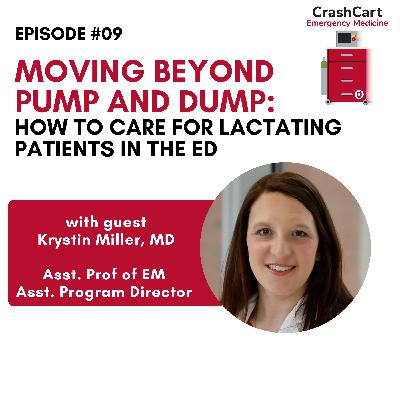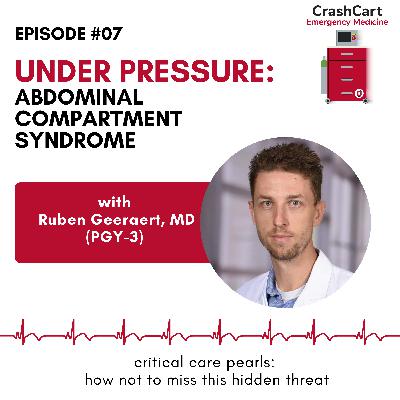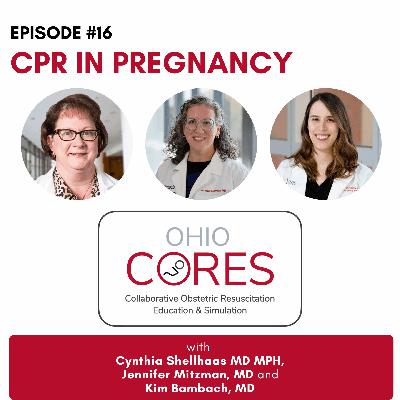Peripartum Cardiomyopathy: Ohio CORES Series
Description
Are you prepared for an OB emergency? In this special six-part podcast series, the Ohio CORES team at The Ohio State University explores the management of pregnant and postpartum women in emergency situations. Each episode focuses on a high-stakes obstetrics scenarios, including: 1) maternal morbidity and mortality, 2) postpartum hemorrhage, 3) hypertensive emergencies, 4) cardiac arrest in pregnant patients, 5) peripartum cardiomyopathy, and 6) complicated vaginal deliveries. Whether you’re in the field, ED, ICU, or on L&D, this series equips you with the knowledge to respond when seconds count.
Ohio CORES (Collaborative Obstetric Resuscitation Education and Simulation) is an interdisciplinary team of educators from The Ohio State University dedicated to improving care for pregnant and postpartum women in critical condition through high-impact education and simulation training. Supported by funding from the Ohio Department of Children and Youth, Ohio CORES delivers obstetric emergency education to healthcare providers across the state.
In this special episode of Crash Cart EM, we explore peripartum cardiomyopathy- a rare but serious cause of heart failure in late pregnancy and the postpartum period. We’ll review key risk factors, clinical features, and strategies for recognition and early management.
Guests: Jennifer Mitzman, MD; Kimberly Bambach, MD
Host: Sheryl Pfeil, MD
Editors: Katie Connell, RN, BSN, C-EFM, CLC; Pallavi Jonnalagadda, PhD; Jennifer Mitzman, MD; Cynthia Shellhaas, MD, MPH; Kim Bambach, MD
1. Definitions and Risk Factors
- Peripartum cardiomyopathy is a form of dilated cardiomyopathy causing heart failure.
It occurs in the last month of pregnancy or within five months postpartum. - Risk factors include:
- Hypertensive disorders (e.g., preeclampsia)
- Advanced maternal age
- Obesity
- Multiparity
- Cardiomyopathy is 4x more likely in black women and black women are 2x more likely to have persistently impaired cardiac function
2. Recognition
- Often presents as acute heart failure: dyspnea, orthopnea, peripheral edema, or chest pain.
- Watch for signs of volume overload, pulmonary edema, JVD, new murmurs, and wheezing (which may mimic asthma). Wheezing may be due to cardiogenic pulmonary edema, not asthma. New adult-onset “asthma” should raise suspicion for cardiac etiology. This diagnosis is often missed due to overlapping symptoms with normal pregnancy changes or obesity bias.
- Always ask about recent pregnancy– especially in the case of the young female patient with unexplained respiratory symptoms.
3. Initial Management
- ABCs (Airway, Breathing, Circulation) come first.
- Support breathing with oxygen or early BiPAP– this may avoid risky intubation.
- Initial workup includes ordering an EKG, troponin, BNP, chest X-ray, echocardiogram (or performing POCUS).
- Judicious use of diuretics and inotropes may be needed.
- Consult Cardiology and Maternal FM when appropriate. Consider transport to advanced OB/cardiac centers for definitive care.
Resources:

